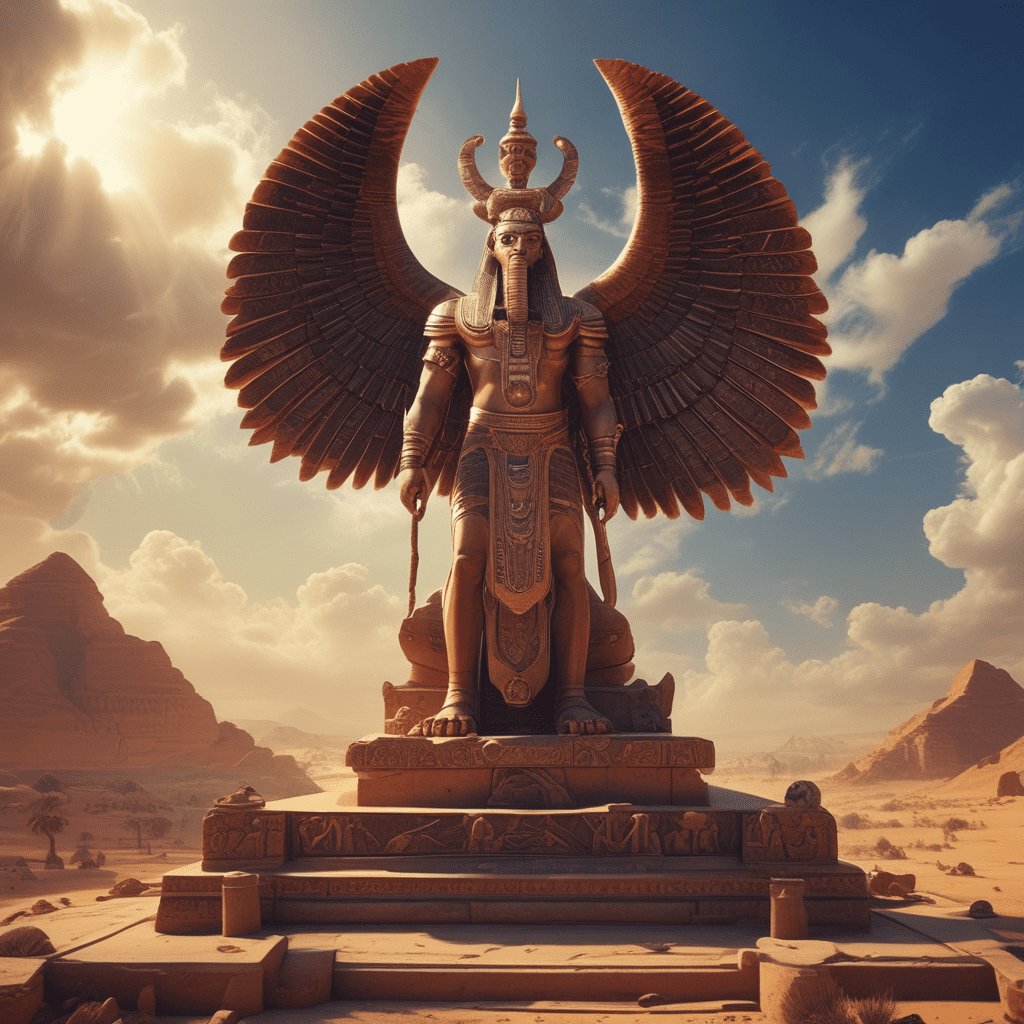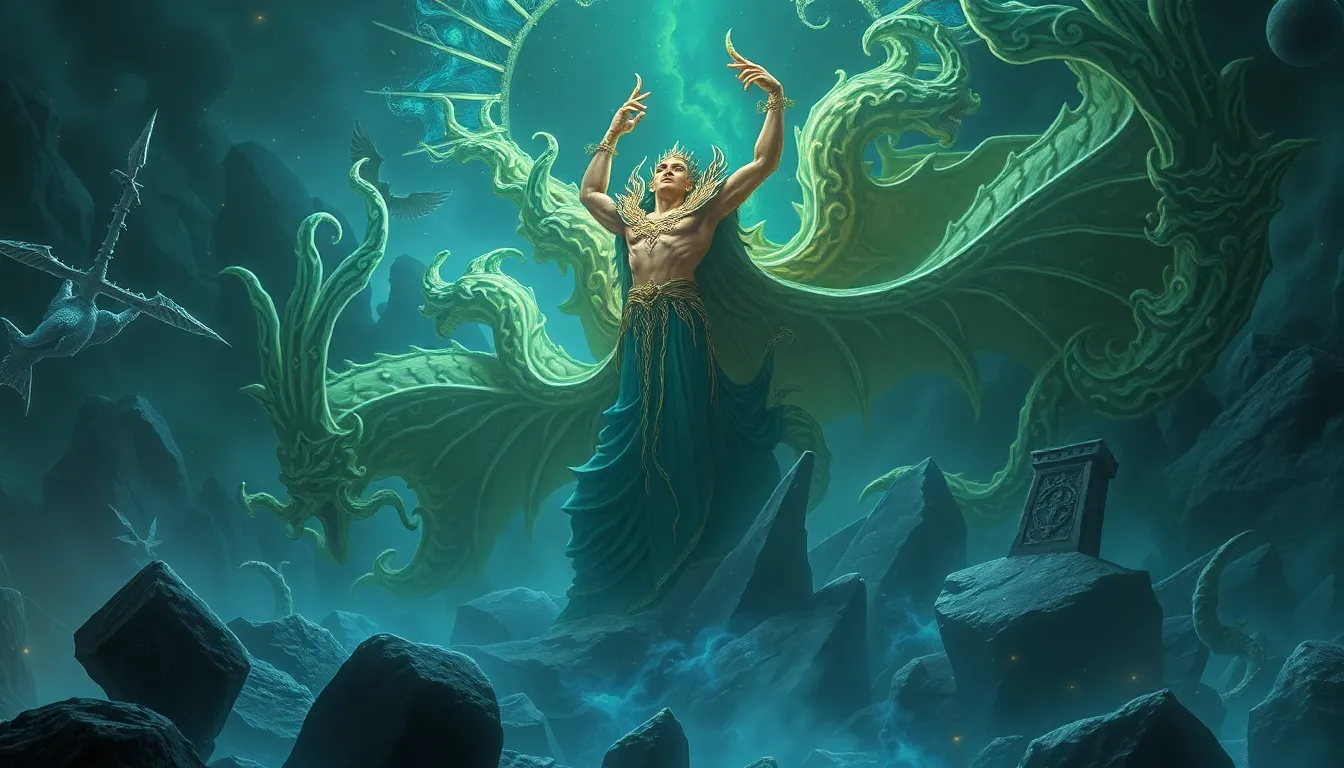The Myth of the God Hapi in Egyptian Mythology
Discover the intriguing tale of the ancient Egyptian deity, Hapi, who represented the annual flooding of the Nile River, essential for the fertility and prosperity of the land.
Who Was Hapi in Egyptian Mythology?
Hapi, often depicted as a symbolic representation of the Nile River, was a deity associated with nourishment, fertility, and abundance in Egyptian mythology. Unlike many other Egyptian gods, Hapi was neither depicted as human nor animal but rather as a figure with a prominent belly, symbolic of the river’s fertility.
What Role Did Hapi Play in Egyptian Beliefs?
As the god of the Nile’s inundation, Hapi was crucial in Egyptian beliefs as the floods brought nutrient-rich silt to the land, allowing for successful harvests and ensuring the region’s prosperity. The annual flooding of the Nile was seen as a gift from the gods, particularly from Hapi, sustaining life in ancient Egypt.
Symbolism and Depiction of Hapi
Depicted as a male figure with breasts and a round belly, Hapi symbolized both the masculine and feminine aspects of creation. The breasts represented nourishment, while the belly signified fertility and abundance. Hapi was often portrayed wearing papyrus plants, symbolizing Lower Egypt, or lotus flowers, representing Upper Egypt, further emphasizing unity and balance in Egyptian beliefs.
Legacy of Hapi in Egyptian Culture
Even today, the legacy of Hapi endures in Egyptian culture, with the annual Nile floods remaining a part of traditional customs and beliefs. The reverence for Hapi and the importance of the Nile River reflects the profound connection ancient Egyptians had with the natural world and their profound understanding of the environment’s crucial role in sustaining life.
FAQ About the Myth of the God Hapi in Egyptian Mythology
Who is Hapi in Egyptian Mythology?
Hapi is the ancient Egyptian god of the annual flooding of the Nile River. He was depicted as a masculine figure with full breasts and a crown of papyrus, symbolizing fertility and abundance.
What was the Role of Hapi in Egyptian Beliefs?
Hapi was crucial to the Egyptians as the Nile’s floods brought nutrient-rich silt to the land, ensuring a successful harvest. This made him a symbol of prosperity, renewal, and life.
How was Hapi Represented in Egyptian Art?
Hapi was often portrayed as a bearded man with blue or green skin, wearing a loincloth and holding offerings of plants and water. His unique feature of having female breasts emphasized his association with nourishment and fertility.
What Symbolism was Associated with Hapi?
Hapi symbolized the duality of Upper and Lower Egypt by personifying the two sources of the Nile, the Blue Nile and White Nile. His role extended beyond fertility to include unity, balance, and the cycle of life.
Was Hapi Revered by the Ancient Egyptians?
Yes, Hapi was highly revered by the ancient Egyptians as they recognized the vital connection between the Nile’s floods and their livelihood. He was celebrated in festivals




